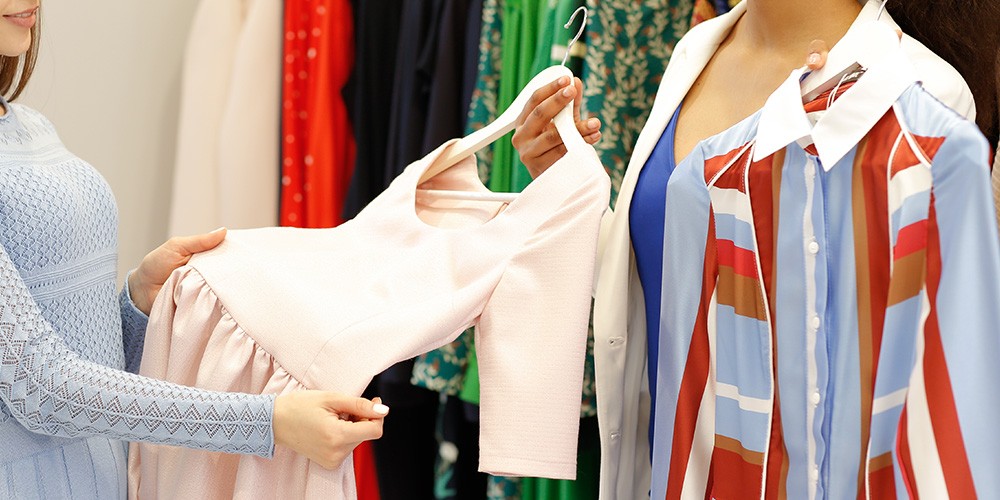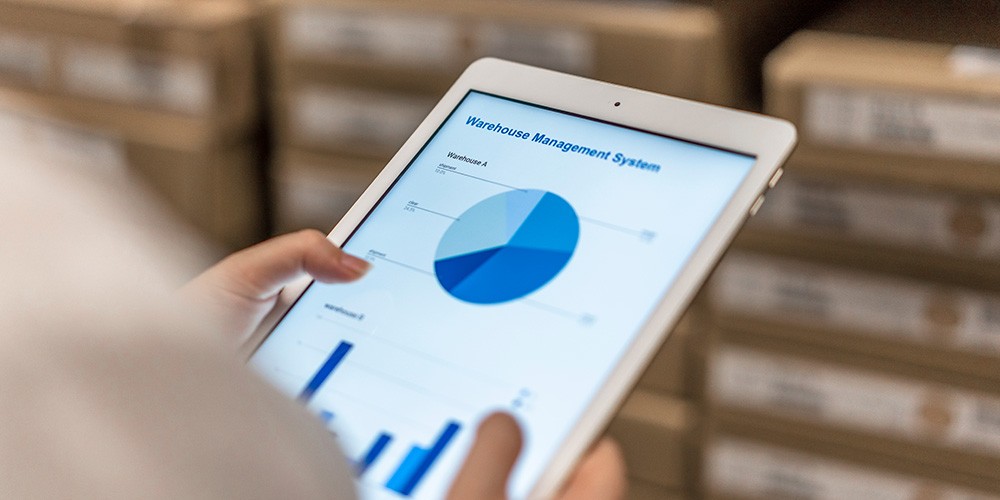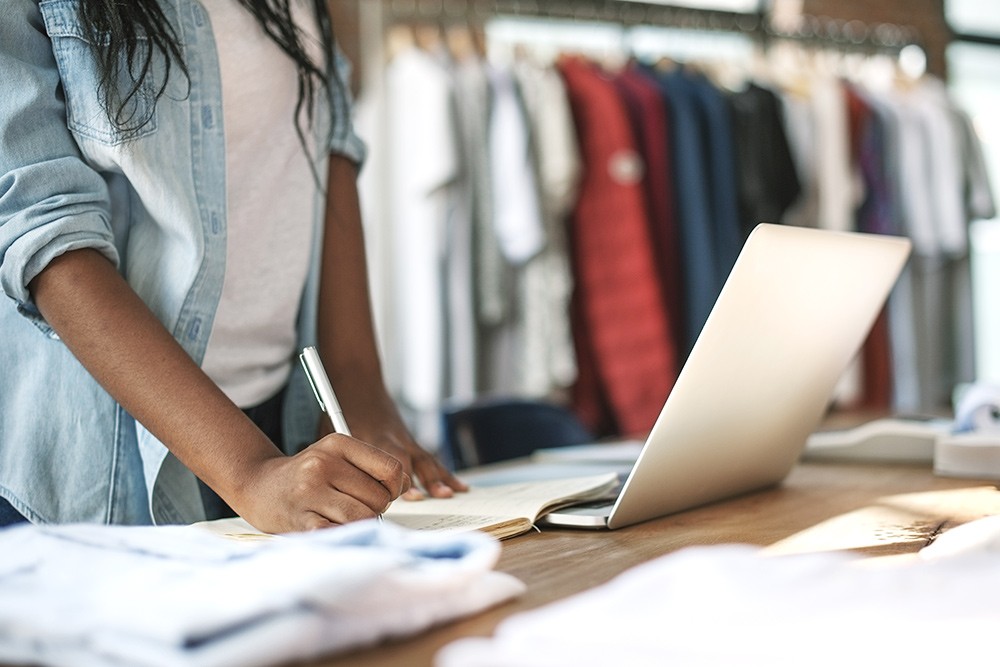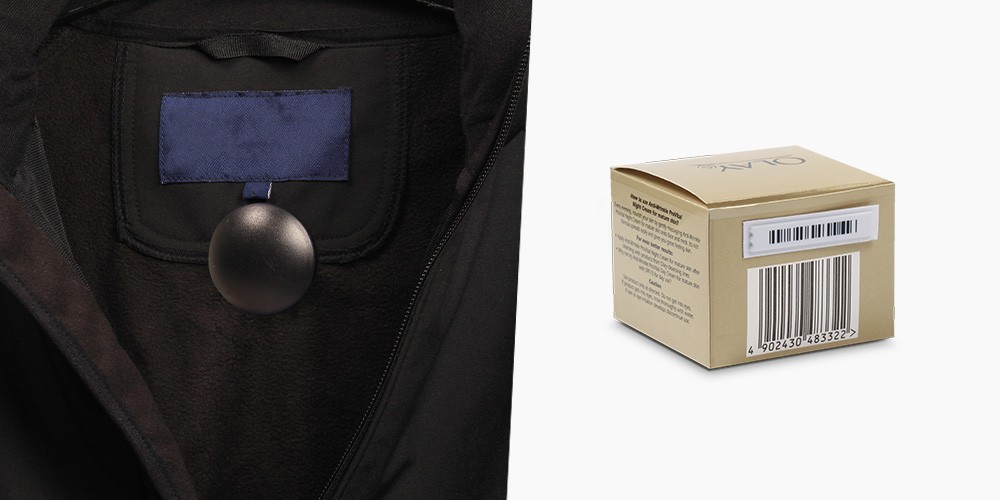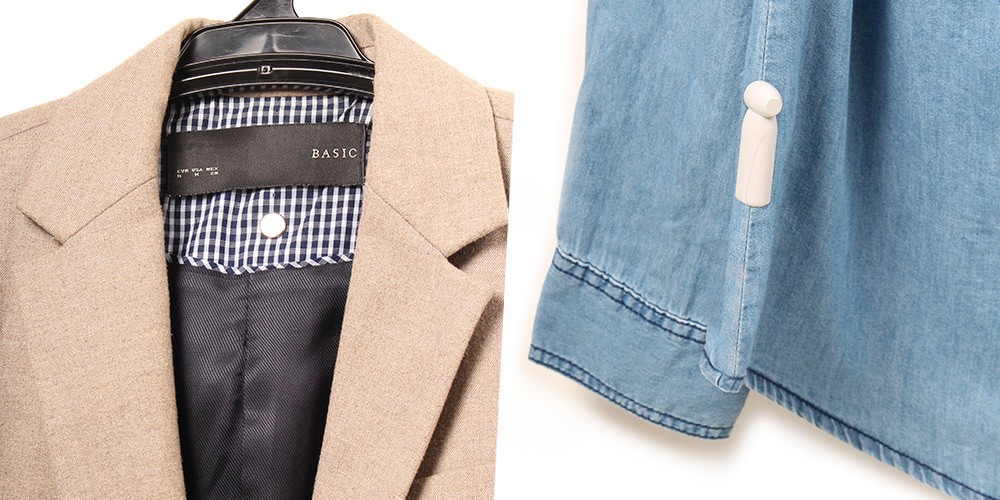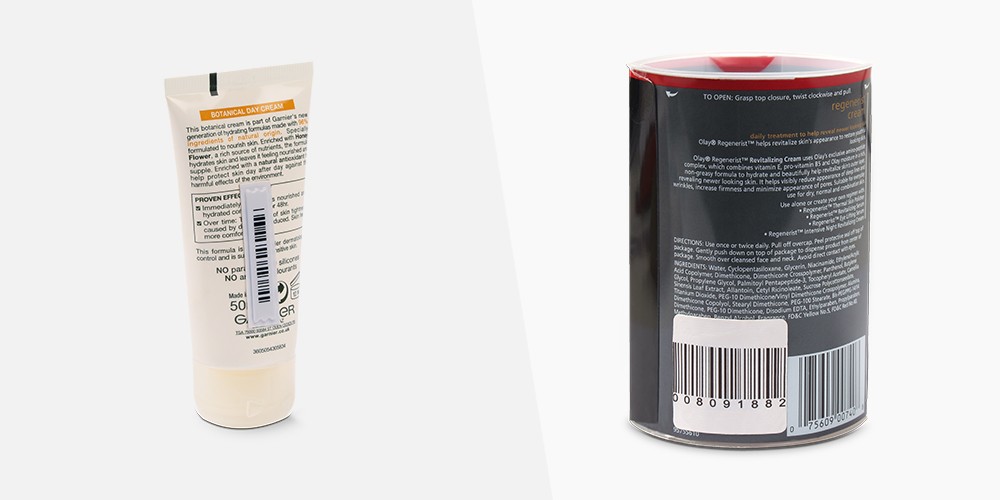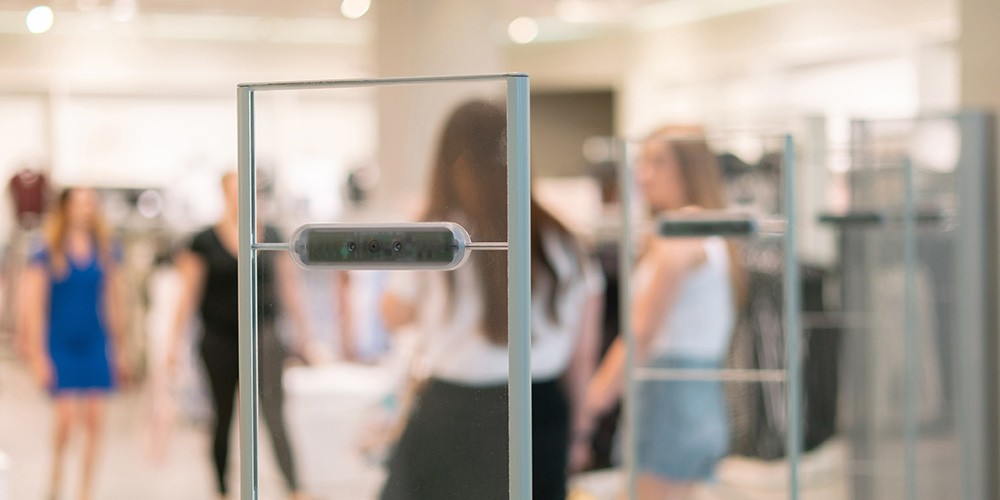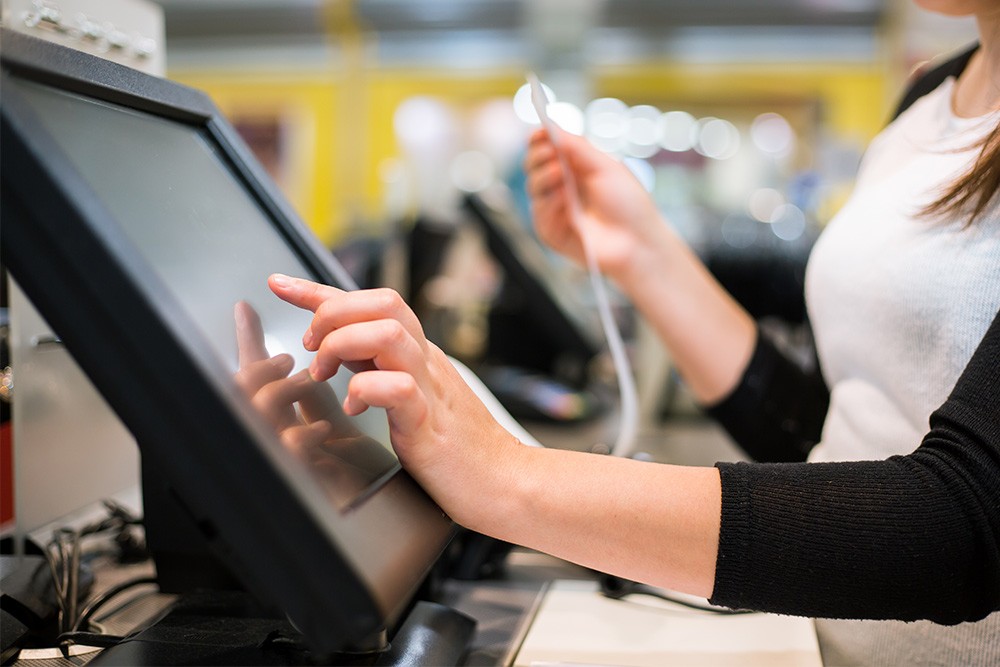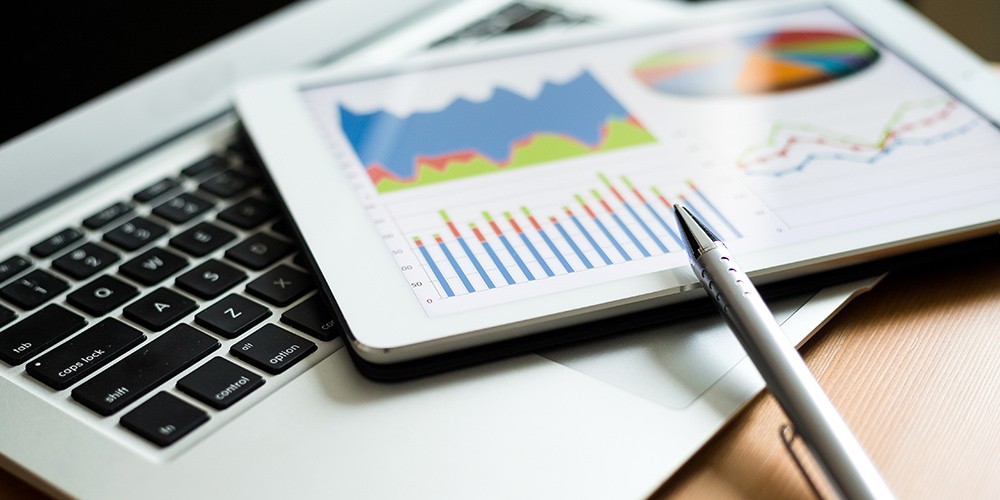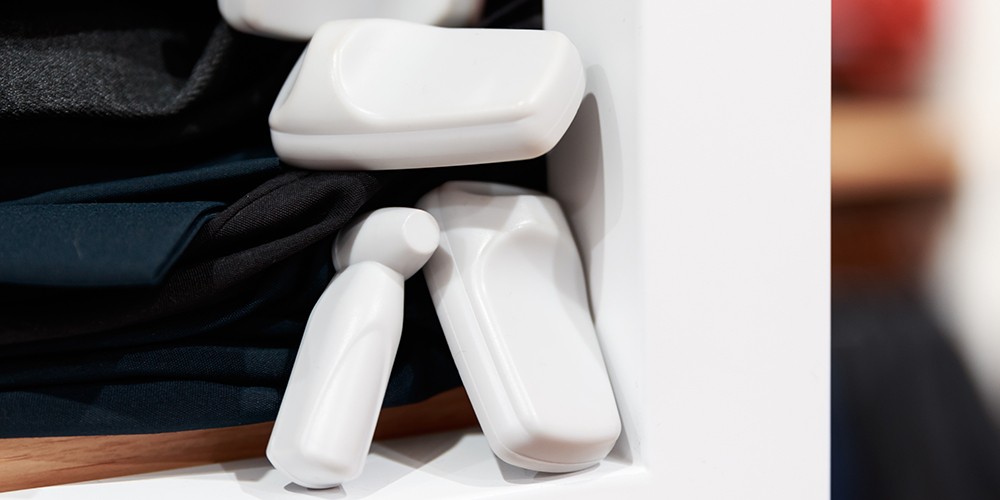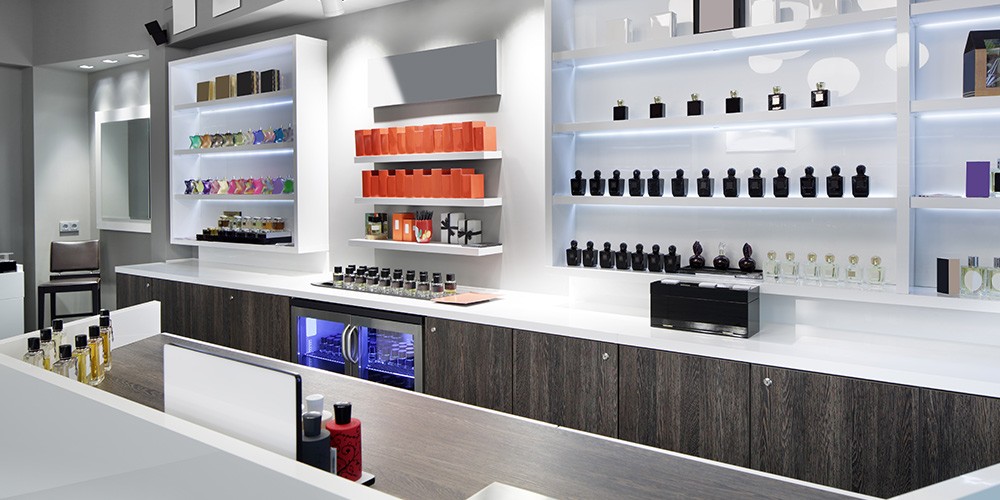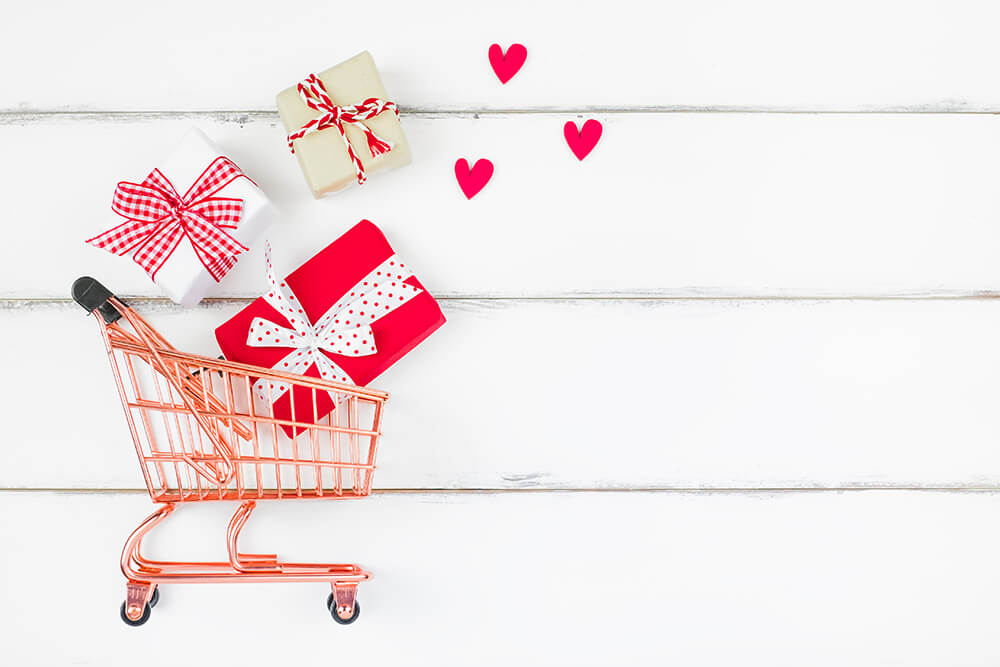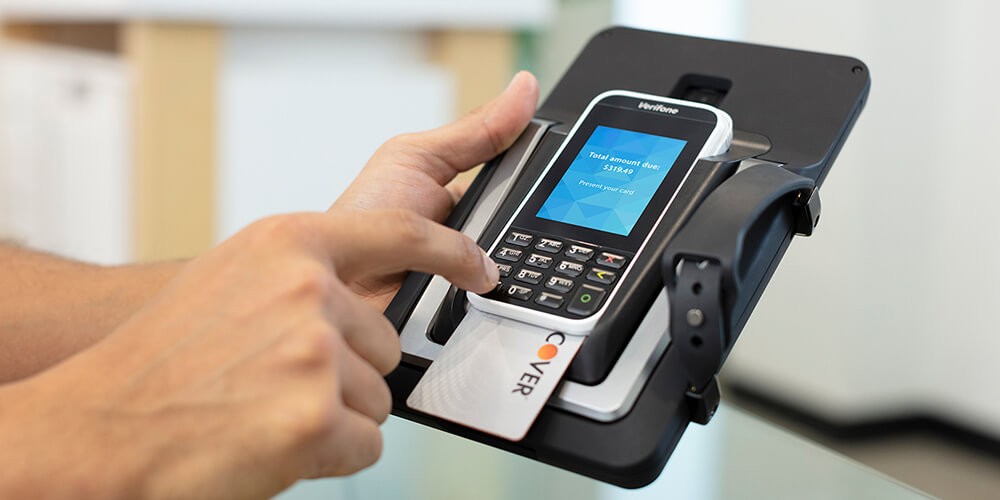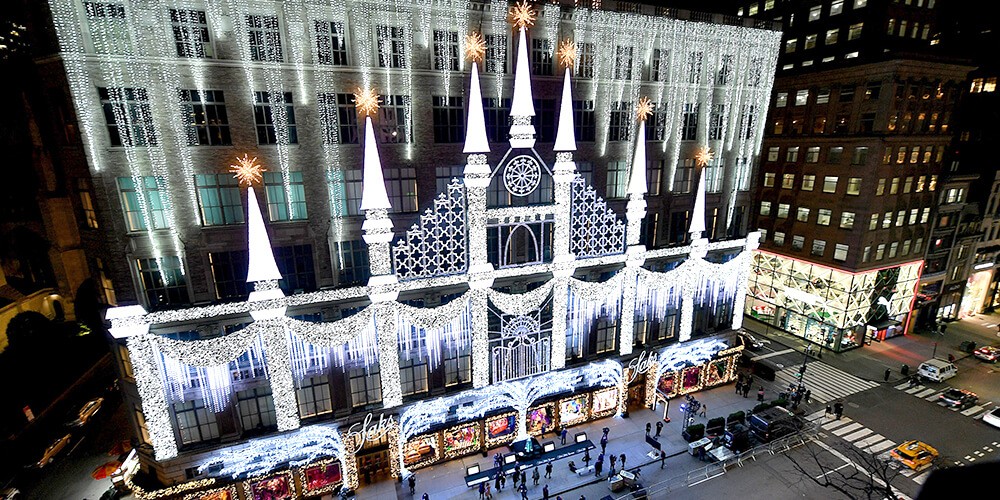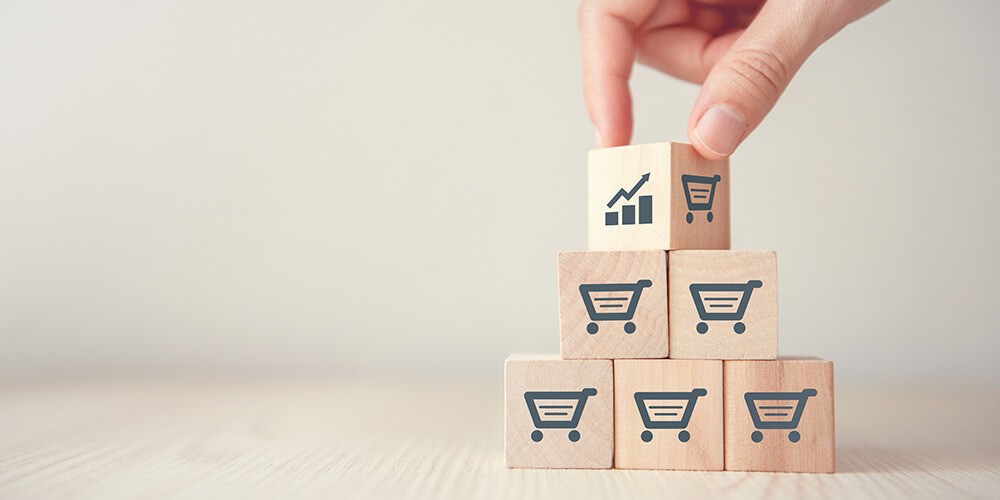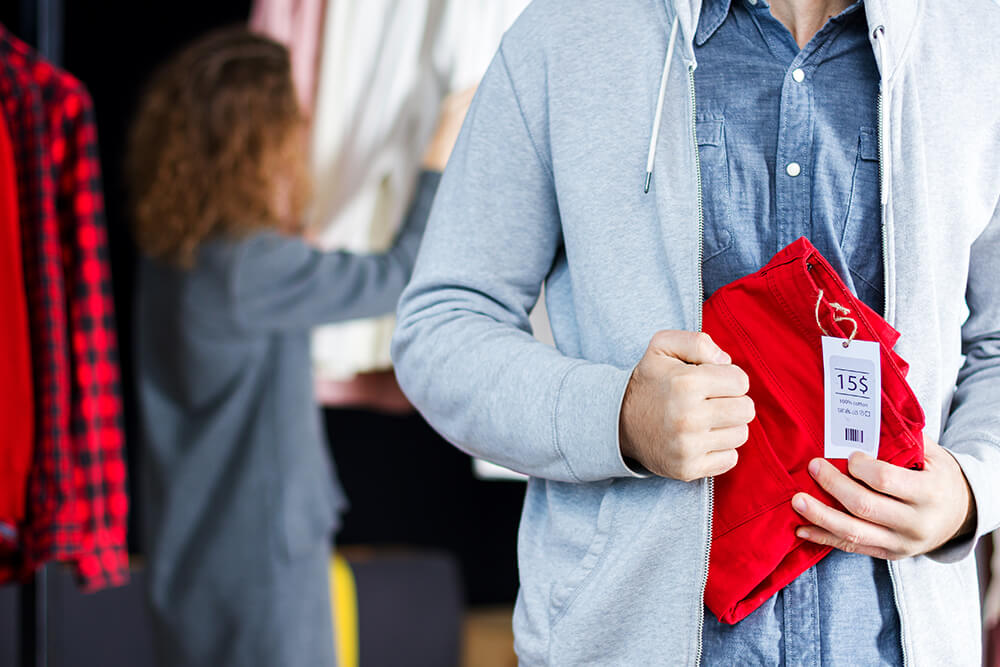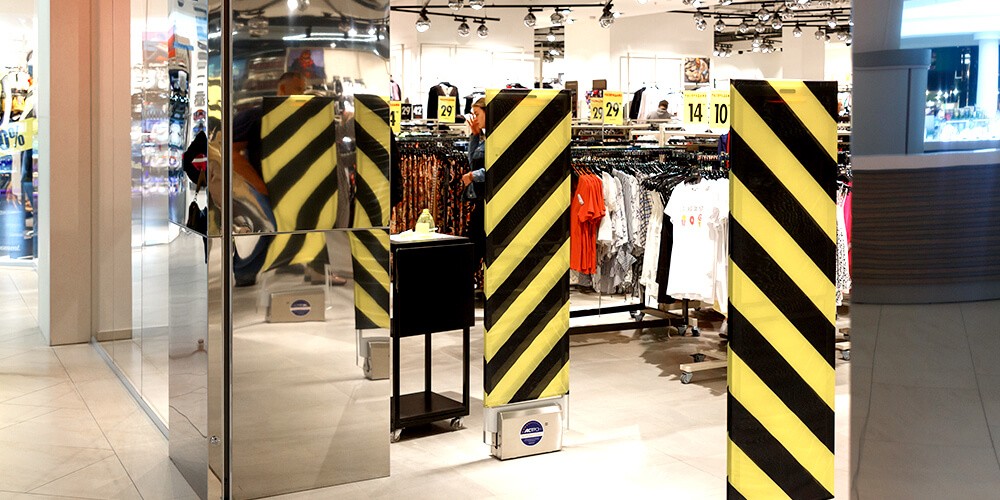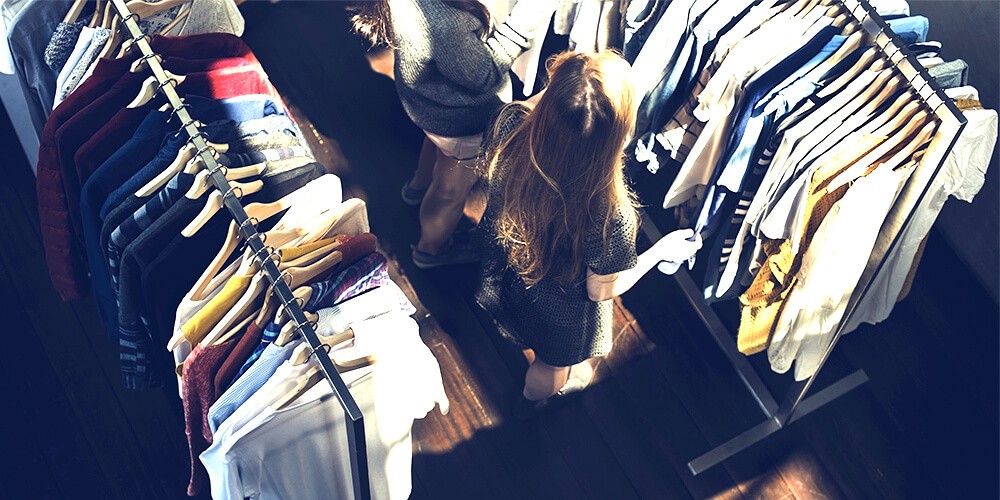The National Retail Federation has released its retail sales predictions for 2021 and, based on the results of last year combined with a vaccine rollout, it’s more optimistic than expected.
In 2021, the NRF anticipates retail sales will grow between 6.5 percent and 8.2 percent to more than $4.33 trillion as more individuals get vaccinated and the economy reopens.
So, let’s recap their findings and look to the year ahead.
The tally for 2020
Despite a year tarnished by political upheaval and a deadly global pandemic, early results show retail sales in 2020 performed better than expected.
The NRF notes throughout the year retail sales grew 6.7 percent in 2019 to $4.06 trillion, nearly doubling the NRF’s forecast of at least 3.5 per cent growth.
They explain their initial prediction did not account for the impact of a global pandemic and the figure was well beyond the 3.9 percent growth enjoyed in 2019.
“Online and other non-store sales, which are included in the total figure, skyrocketed to 21.9 percent at $969.4 billion as consumers shifted to e-commerce,” they continued.
It’s important to note these numbers exclude automobile dealers, gasoline stations and restaurants, the latter of which were hit particularly hard last year due to shutdowns across the country.
The holiday sales surge
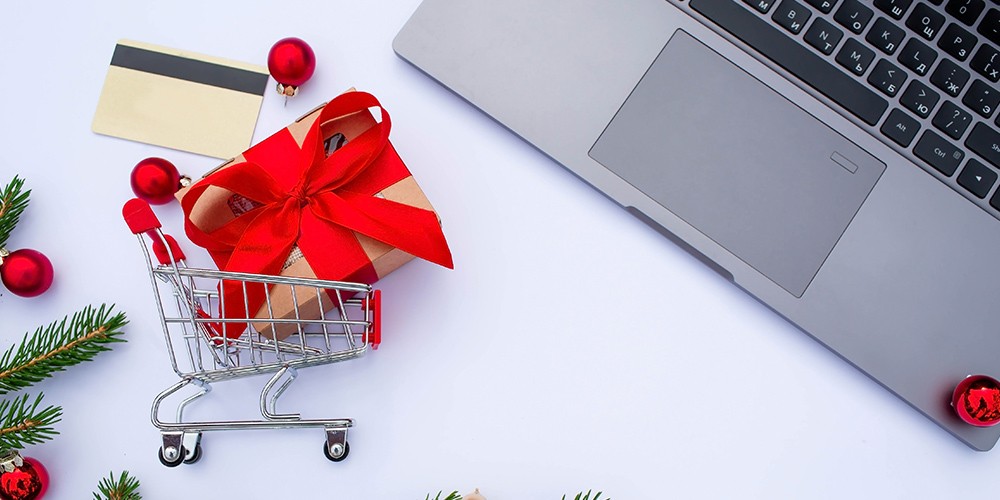
Meanwhile, it was the holiday period that accounted for much of the retail sector’s sales surge.
“The 2020 November-December holiday season accounted for nearly one-fifth (19.4 percent) of overall annual retail sales,” the NRF remarked.
“Retail sales during this period grew an unexpectedly high 8 percent to $787.1 billion. Non-store and other online sales represented $206.9 billion of total holiday sales, up 22.6 percent over the year before.”
The forecast for 2021
With a better-than-expected 2020 under its belt, the NRF says retail sales are predicted to continue to surge in 2021.
Due to the vaccine rollout and increased consumer confidence, the NRF currently predicts:
- retail sales will total between $4.33 trillion and $4.4 trillion.
- Online sales, which are included in the total, are expected to grow between 18 percent and 23 percent to between $1.14 trillion and $1.19 trillion.
Increased employment is also tipped to contribute to the predicted surge, with the NRF expecting the overall economy will gain between 220,000 and 300,000 jobs per month in 2021, depending on the pace of the overall economy in the second and third quarters.
“Despite the economy’s stalled momentum at the end of last year, NRF forecasts real GDP growth between 4.5 percent and 5.0 percent,” they noted.
Optimism and relief
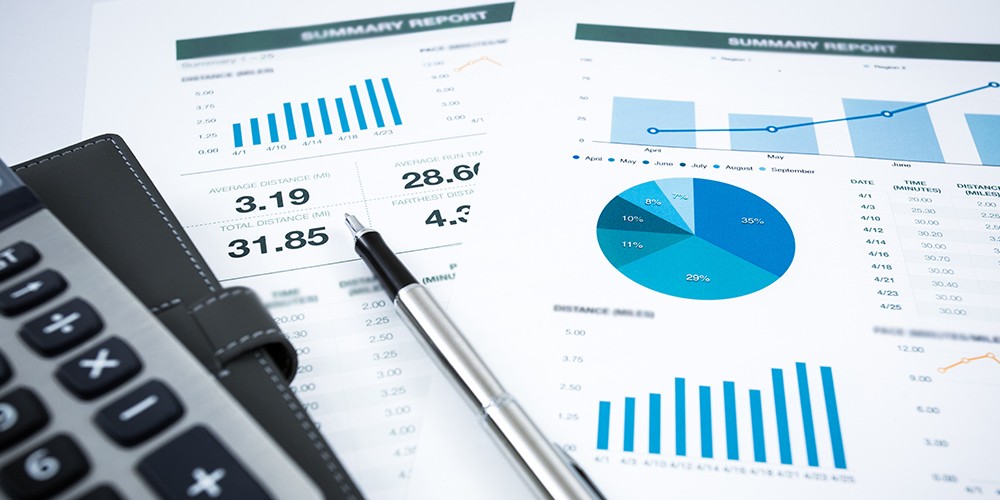
NRF President and CEO Matthew Shay welcomed the positive forecast, noting a range of factors contributed to the expected retail growth.
“Despite the continuing health and economic challenges COVID-19 presents, we are very optimistic that healthy consumer fundamentals, pent-up demand and widespread distribution of the vaccine will generate increased economic growth, retail sales and consumer spending,” Mr Shay said.
“From the outset of the pandemic, retailers have gone above and beyond even the most conservative safety guidelines to protect and serve their associates and consumers alike.
“Retailers are increasingly engaged in working with federal, state and local health officials to distribute and administer the vaccine. This partnership has been key to our economic health throughout the pandemic and will continue this year.”
Meanwhile, NRF Chief Economist Jack Kleinhenz said the vaccine rollout could see the economy accelerate at the fastest rate in more than 20 years.
“Our principal assumption is that the vaccination will be effective and permits accelerated growth during the mid-year. The economy is expected to see its fastest growth in over two decades.”
Mr Kleinhenz further noted this year marks the second year of savings, record-high stock valuations, increased home prices, enhanced government support and record low-interest rates, which are all contributing factors towards the economy and consumer spending behavior.
For more information on the retail trends of 2021, see here, or view our range of security tags and labels to secure your store in advance of the expected surge here.


